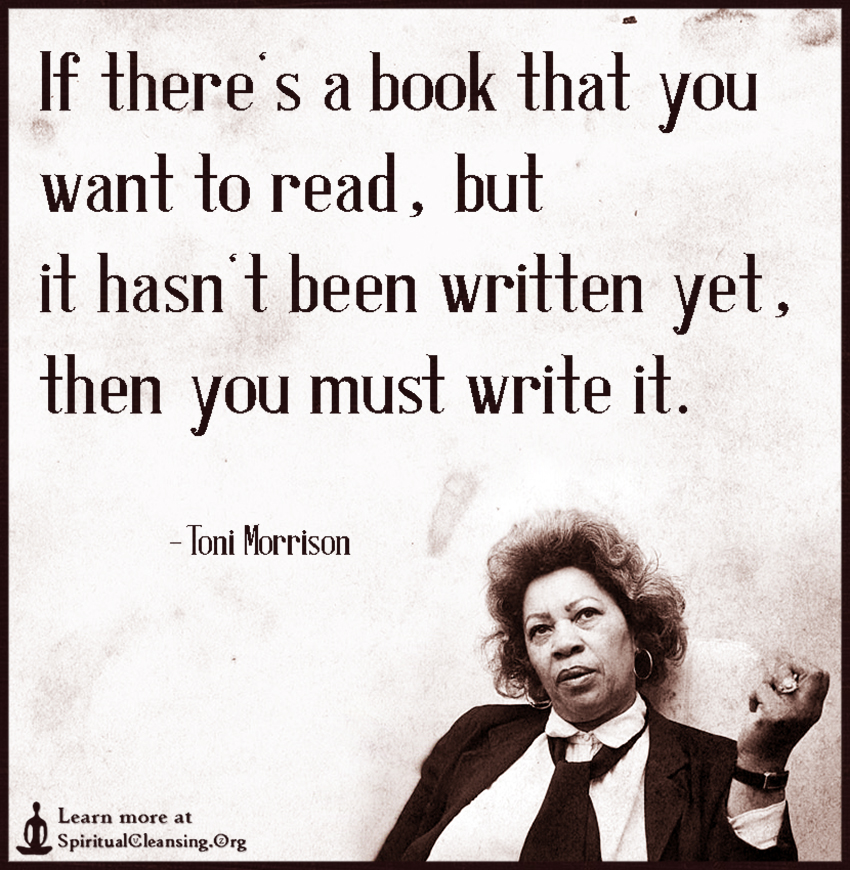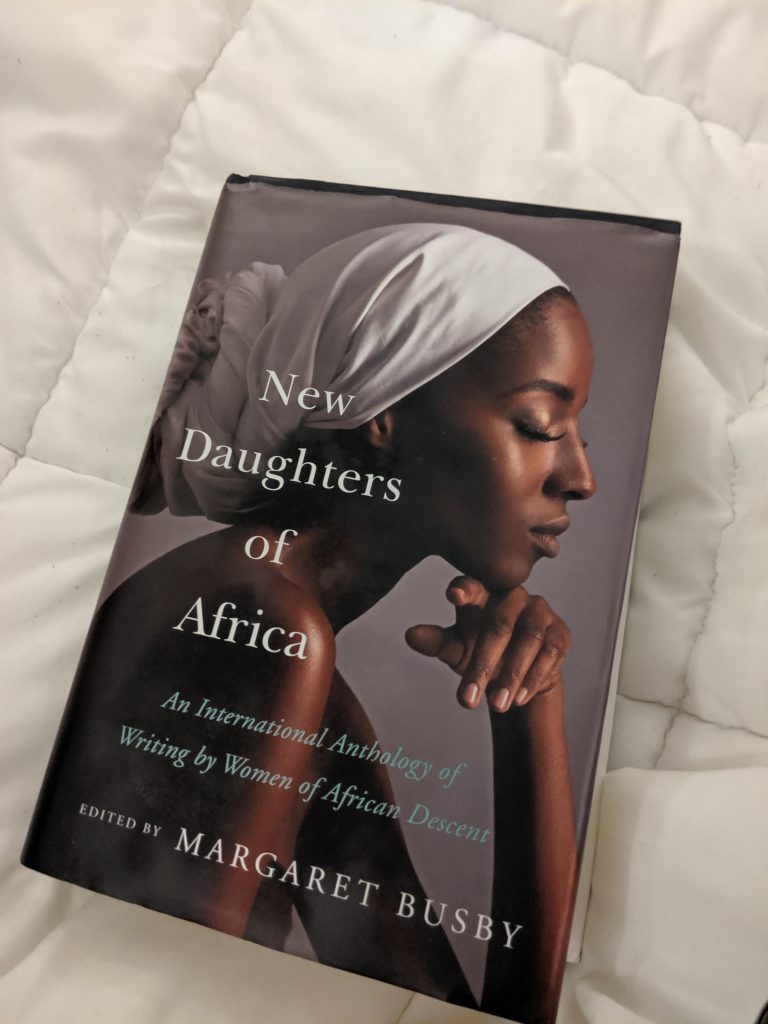
Ideating
According to Knowledge Without Borders, “Ideate is the space in design thinking where individuals and teams elevate and celebrate the power of possibility. It is the transition from identifying a particular question or problem to generating a wide variety of potential answers and solutions.” For a film student, ideating can often be defined as the few hours spent staring at a blank sheet of paper or word document, trying to come up with a film idea in order to have something to pitch in class the following day. (It’s due tomorrow because you’ve been procrastinating for a week.)
Coming up with film ideas can be really exciting or really daunting or both. It depends on you. It helps to start film school with a ton of ideas. It takes away the pressure of feeling like you have to have something new every week, it takes one assignment off your plate, and it gives you options. Coming in with a notebook, a Word or Google doc, or notes on your phone with a bunch of ideas gives you a lot of room to decide what you would like to produce.
Coming up with good ideas is really a question of inspiration. When I think of inspiration, I think of the Jesuit ideal of “finding God in all things,” and I apply it to film. There is a film idea in everything. It comes down to whether or not it’s good, if it can be produced, and if it can be produced by you.
One popular route for ideas is through adaptations. There’s the common playbook of optioning novels and short stories. But looking in less obvious places to find material can be really helpful for a filmmaker with limited resources. I’m currently reading New Daughters of Africa, edited by Margaret Busby. It’s a collection of fiction, non-fiction, and speeches from black women all over the world going back before 1900. It is 990 pages long with more than 100 pieces and may be longer than the Bible (p.s.: the Bible is also a great place to get free material for adaptations). It’s packed full of incredible women, stories, events and facts. It’s a treasure trove of films waiting to be made.

Another source of ideas is, as Professor Carolina Posse would say, looking at the armpits of the world. What’s going on in that small rural town your grandma grew up in? In that small college town a couple of hours from you? In the local storefront church? Interesting occurrences take place there. You just need to find out what.
Also, just look around you. The late great Toni Morrison got the idea for Beloved by combining a story she read in an old newspaper clipping with the sight of a fully dressed woman in a hat emerging from a lake by her home and disappearing. Being in tune with what’s around you is helpful. My family is in the city now and just listening to them talk has given me a bounty of ideas.
Going back to the earlier definition from Knowledge Without Borders, where ideating is about finding solutions to problems, I’m reminded of a Toni Morrison quote: “If there is a book you would like to read, but it hasn’t been written yet, then you must write it.” The same, but with films: what do you want to see that hasn’t been done yet? Do that.

Coming up with ideas is the fun part of filmmaking. So, let it be fun. Stressing, crying and agitating takes away from the joy of it. Just having fun with it could really be the key to pushing you in the right direction.
